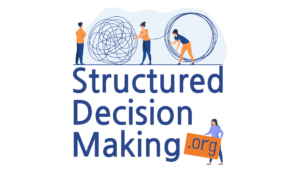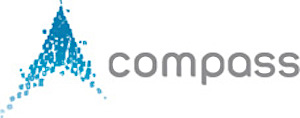Creating a Decision Charter
A common mistake in decision making is to focus on the technical analysis of one or two key outcomes
Consider for example a species recovery plan. The plan is always driven primarily by concern for the conservation of the species at risk. Managers may be tempted to focus on the scientific analysis needed to assess biological or ecological impacts of proposed management actions on the species of concern. But the proposed actions are likely to have much more wide-ranging social and economic impacts, as well as impacts on other species. By clarifying the decision context early, these impacts will be identified, and resources can be allocated not just to biological studies, but also to a careful assessment of socio-economic impacts.
The outcomes of a scoping session can be summarized in a decision charter or project plan that concisely summarizes:
- the decision to be made and its relationship to other decisions or constraints;
- the range of alternatives to be considered;
- the minimum objectives that must be evaluated;
- uncertainties and trade-offs that are expected to be central to the decision, with a view to prioritizing the allocation of analytical and consultation resources;
- other key issues to be addressed, including institutional, logistical, policy, technical and consultation issues;
- the specific responsibilities of technical specialists, stakeholders and decision team members;
- the role and responsibilities of decision makers and key review points where their involvement will guide the process;
- the general nature of technical analyses expected and in some cases, general terms of reference for specific studies or modeling;
- the nature, scope and approach to consultation;
- an implementation plan, budget and schedule for the decision process.
Key Ideas
- Decisions are multi-dimensional and should account for information beyond technical analyses
- Having the right people and resources in place is key to success at SDM!

